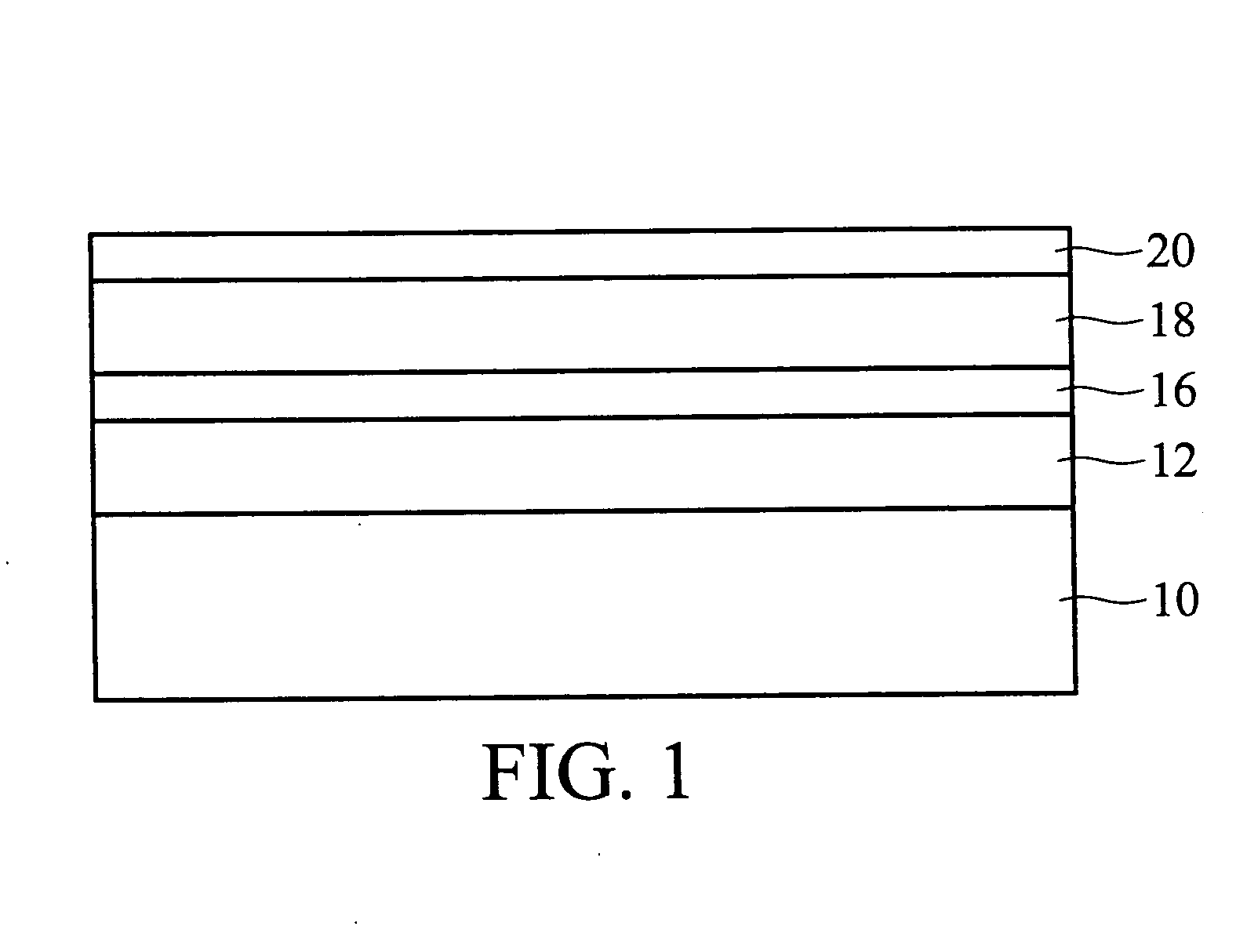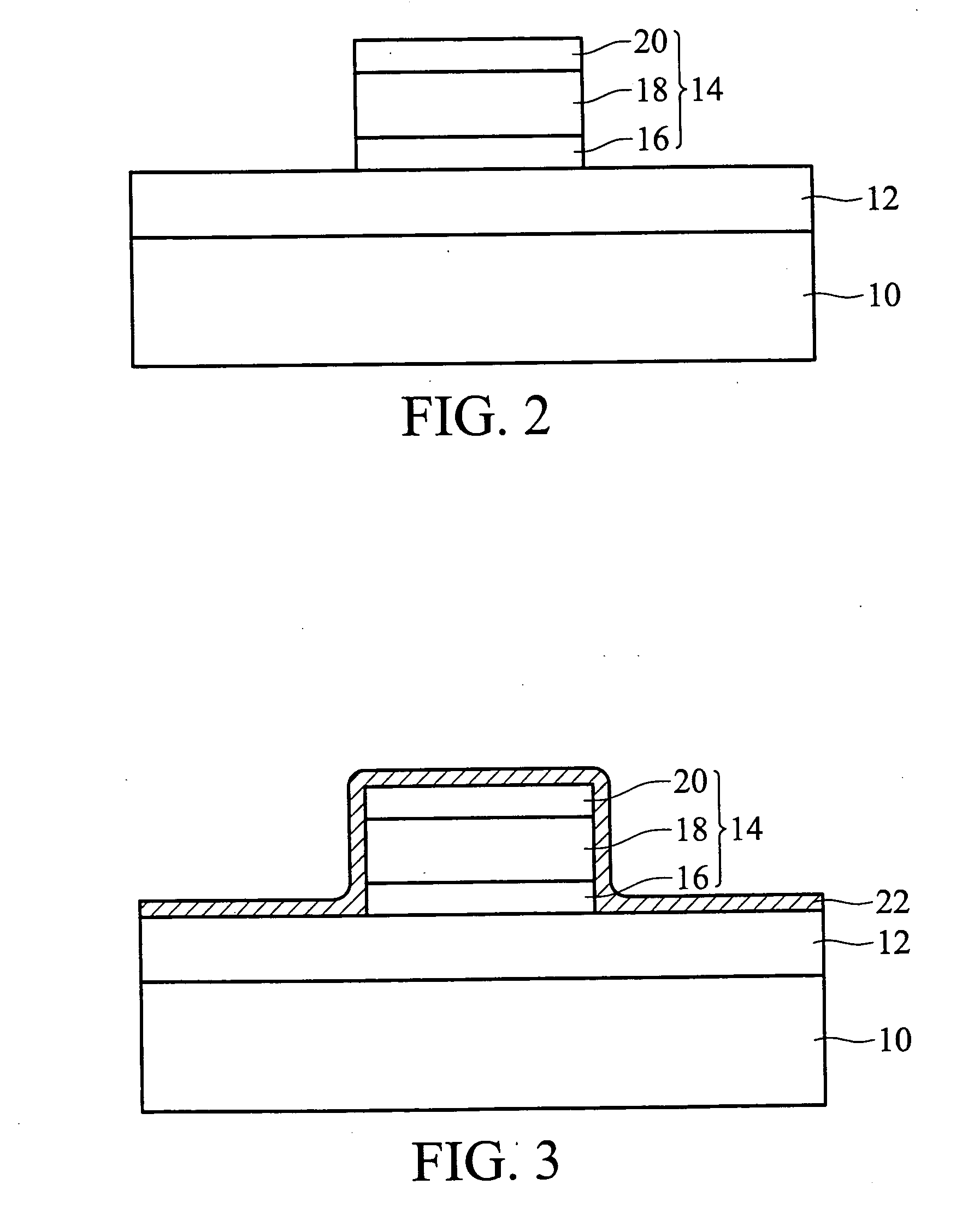Mirror process using tungsten passivation layer for preventing metal-spiking induced mirror bridging and improving mirror curvature
- Summary
- Abstract
- Description
- Claims
- Application Information
AI Technical Summary
Benefits of technology
Problems solved by technology
Method used
Image
Examples
Embodiment Construction
[0012] The present invention provides a mirror process using a tungsten passivation layer to prevent metal-spiking induced mirror bridging and improve mirror curvature. Particularly, the present invention uses a blanket deposition for the tungsten passivation layer to overcome the aforementioned problems of the prior art through the use of an anisotropic dry etch step in an oxide spacer process. The inventive mirror process has wide applicability to various light-reflecting mirror systems, since the stability of mirror curvature is essential for reliable operation of most of the MEMS-based optical devices. Examples of such devices include light switches, optical modulators, optical attenuators, signal attenuators, and the like. A wide variety of MEMS mirror devices can be made in accordance with the methods and materials of the present invention.
[0013] Hereinafter, reference will now be made in detail to the present preferred embodiments of the invention, examples of which are illu...
PUM
 Login to View More
Login to View More Abstract
Description
Claims
Application Information
 Login to View More
Login to View More - R&D Engineer
- R&D Manager
- IP Professional
- Industry Leading Data Capabilities
- Powerful AI technology
- Patent DNA Extraction
Browse by: Latest US Patents, China's latest patents, Technical Efficacy Thesaurus, Application Domain, Technology Topic, Popular Technical Reports.
© 2024 PatSnap. All rights reserved.Legal|Privacy policy|Modern Slavery Act Transparency Statement|Sitemap|About US| Contact US: help@patsnap.com










